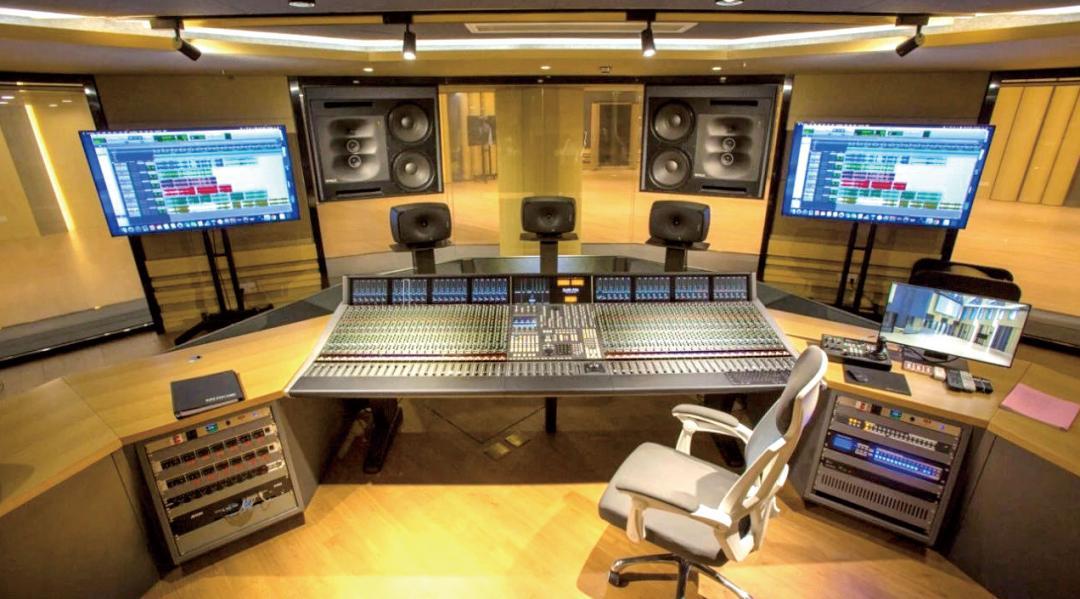
“Surround sound” is certainly not unfamiliar to audio-visual enthusiasts. It is also known as “surround stereo” or “multi-channel surround sound”. Whether you go to the cinema to watch a movie, go to an audio store to buy a sound system, or even go to a concert of a certain star, you will see promotions about surround sound and can experience the effect of surround sound. During the experience, when you look up, down, left, and right in the listening room, you will find that speakers are installed in the front, side, and rear, and even above the listening room. At this time, you may find it strange, why are there so many speakers? The purpose of surround sound is to give the audience a sense of direction, that is, the listener can feel the direction of the sound source; there is also a sense of surround, that is, the listener has a feeling of being surrounded by the sound source; and there is a sense of expansion, that is, the feeling of the sound source spreading around and being reflected by objects.

The First Application of Surround Sound
Before the emergence of surround sound, the sound in the cinema was usually replayed in the form of three channels, these three channels are the left, middle, and right channels in the front. Later, surround sound speakers were added to the left and right sides and the rear of the audience. These channels can produce a sense of movement and positioning of the sound, create the atmosphere of the movie scene, and make the sound effect closer to reality.
Today’s surround sound technology applications are not only limited to movies, but even concerts, video games, broadcast systems, concerts, and exhibition halls will use surround sound technology to achieve some special sound effects and improve user experience. For example, when playing games, you can know the position of the enemy; when watching exhibition works, some special sound effects are accompanied during the explanation of the works to increase the attractiveness of the audience. Today’s surround sound technology is a three-dimensional sound reproduction, which is closer to the real sound reproduction. It is not to say that humans have made great efforts in sound restoration.
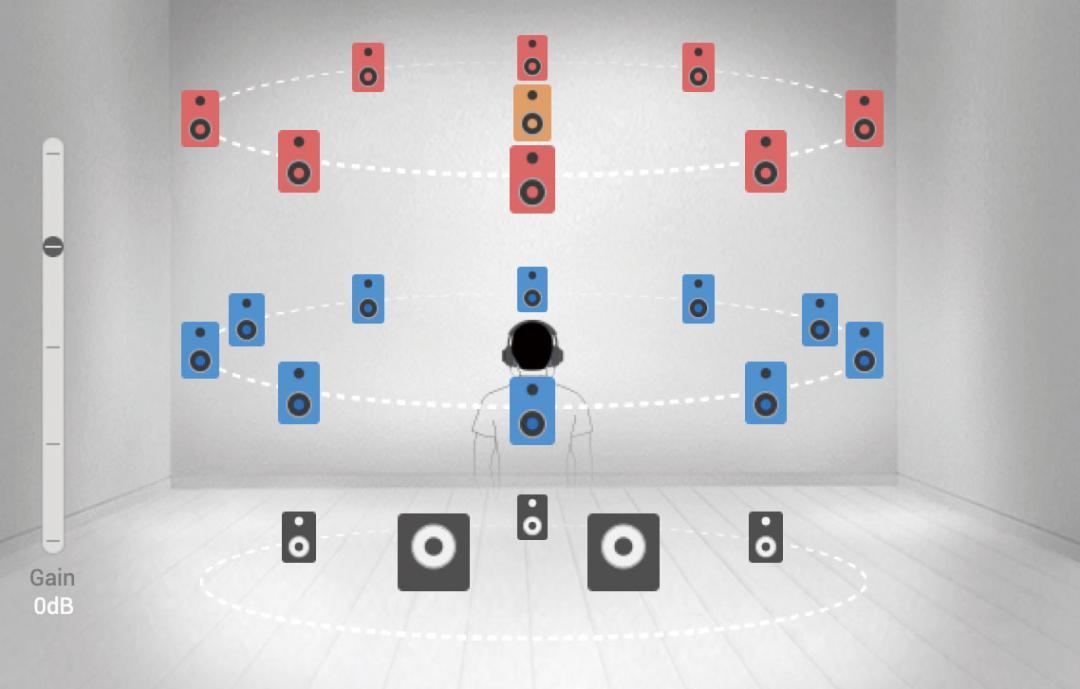
Disney’s “Fantasound”
The application of surround sound technology first appeared in a 1940 animated music anthology film called “Fantasia” produced by Disney in the United States. Disney and RCA cooperated to develop a surround sound system specifically for this film, named “Fantasound”.
Speaking of which, Disney found conductor Leopold Stokowski (Stokowski) to lead the Philadelphia Orchestra to perform all the music works needed for the entire film. The music part was recorded in 1939 and it took 7 weeks to complete the recording. A total of 33 microphones were used for recording, and the tracks were saved in an 8-track optical recorder. In terms of sound reproduction, Fantasound wants to achieve two effects. First, the sense of sound movement, allowing the sound to move with the actions of the protagonist Mickey Mouse. Second, to get a larger dynamic range, to give the audience the illusion that the orchestra is on the scene.
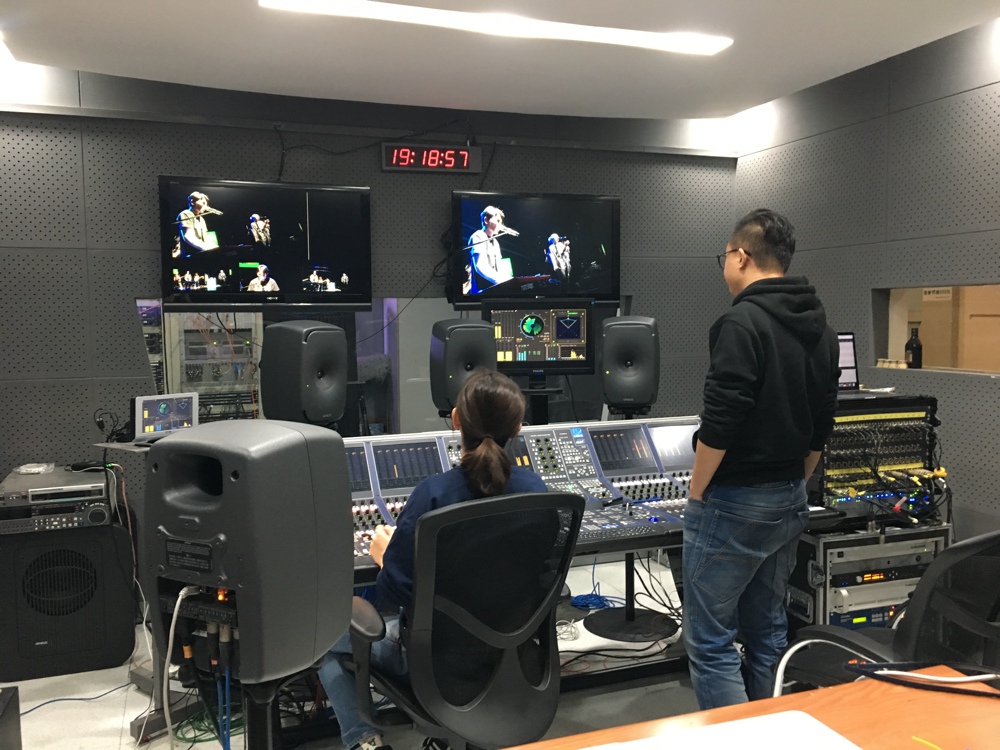
How is the sense of sound movement achieved? It is achieved through a three-way differential wiring potentiometer. How to understand it? Simply put, there are two speakers, A and B, to achieve the sound moving from A to B. Then let the A speaker sound first, and then adjust the potentiometer. During the adjustment process, the sound of the A speaker will decrease, and the sound of the B speaker will increase. In the end, the A speaker does not sound, and the B speaker sounds. And after research, the sound will produce the illusion of sound movement when the sound is switched in the above way when the sound is more than 20 cm apart between the two speakers A and B. As for how to achieve a larger dynamic range? That is, increase the volume when it is loud, and lower the volume when it is quiet. Therefore, a variable gain amplifier is needed to achieve it. Change the gain according to the input level to achieve a larger dynamic range.
5.1 Channels and 7.1 Channels
After undergoing continuous changes, multi-channel has gone through the 3.0/4.0/5.0 era and finally entered the 5.1 era. The recording of 5.1 channels is very troublesome. It is necessary to collect various materials and then mix them together by hand, and then separately record them into each track of the 5.1 channels. The main carrier of 5.1 is movies and records.
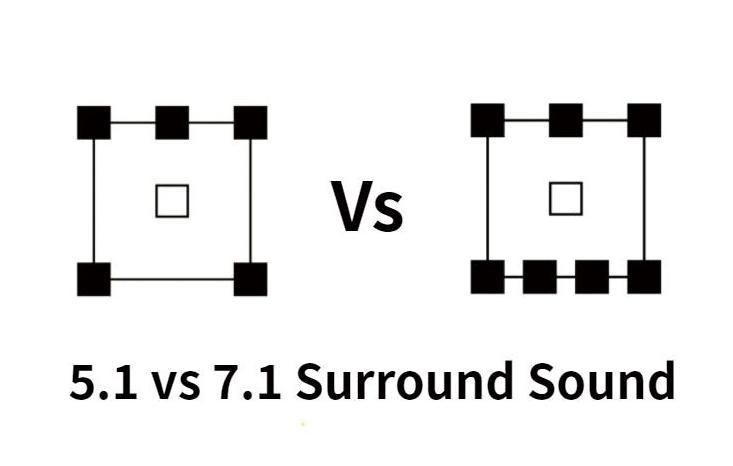
In most movies, 90% of the dialogue will be played by the center speaker, and the stereo surround feeling is mainly constructed by the front sound field and the front and rear surround side boxes. Many enthusiasts like to say the word “rear surround” in the 5.1 era. This is because everyone wanted to think of the surround responsible for the rear sound field of 5.1 as the rear surround, but in fact these two speakers are not placed in the rear, but side surround, which is side surround.
The next-generation 7.1 channel is in the process of upgrading Blu-ray audio and video, the audio breaks through from the data and the original recording channel number, allowing the 7.1 channel DTS HD and Dolby TureHD to put on the title of the next-generation soundtrack, which is also the true meaning. The original 7.1 home theater format!
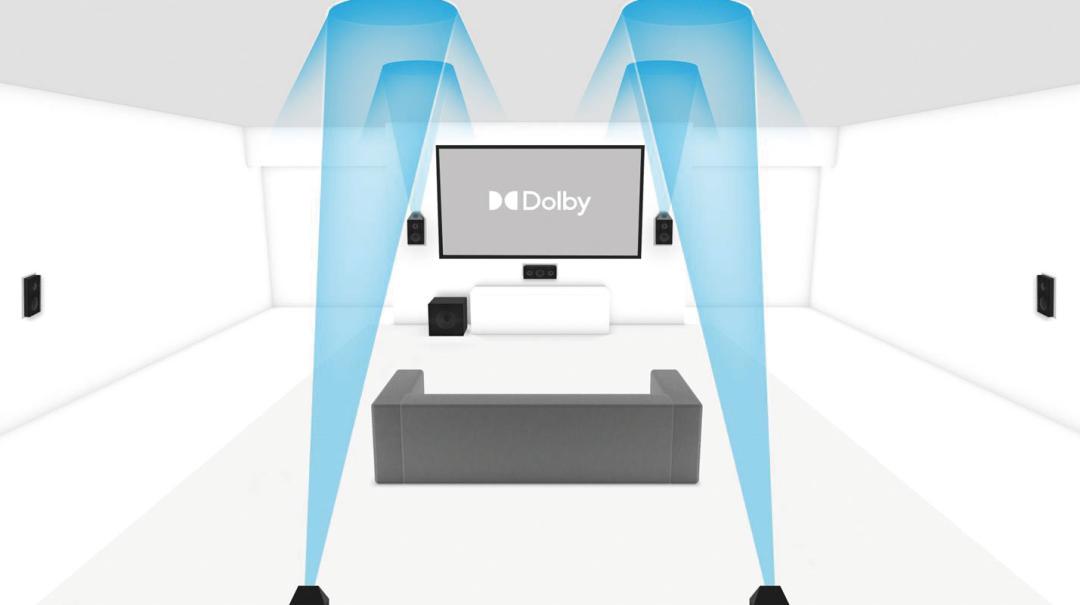
The rear center channel can be uniformly referred to as Surround Back. Although it is also simulated by a computer, Surround back L and Surround back R are all sounds extracted separately based on the side surround. And based on Dolby TureHD and DTS HD’s Surround back L&R, it is completely separated, so there is no need to say whether it needs to be as close as possible in the placement position.
Immersive Surround Sound 7.1.4 and Even Higher
In the continuous evolution, bottlenecks will inevitably be encountered. All previous recordings were based on channels. You need to consider what sound each channel should make, and then form a complete system. 5.1 still wants to be simpler, but making 7.1 is relatively complicated. Not to mention the difficulty of production, the huge amount of track data can make the recording engineer crazy. So a new mixing technology appeared-Dolby Atmos and DTS:X.
You want to do 5.1, just mix each channel, you want to mix 6 and send them to 5.1 channels separately. If it is 7.1, you have to mix 8. And based on the object, I don’t care how many channels you use for playback, I just care about what sounds will appear in the movie, and then give these sounds a coordinate and trajectory in space.
Then, how many channels of home theater you use, the amplifier automatically calculates, and sends these sounds to the corresponding channels to play. Dolby ATMOS panoramic sound is the first format to operate this technology. At the same time, in order to make the sound more realistic and immersive, Dolby ATMOS also added the sky channel on the top of the head.
The Way of Describing Sound is Also Changing
From the beginning of the article to now, have you found that with the exploration of surround sound by humans, the number of speakers is also increasing, and even the height and width channel speakers have been added. In the production of sound effects, the sound height sense description track has been added, and 10.2/12.2, 11.1, and 22.2 channel surround sound have appeared one after another. 10.2/12.2 is developed by THX founder Tomlinson Holman, and the slogan is “twice as good as 5.1”. When replaying surround sound, 7 speakers are used to replay in the front, which are left, middle, right, left widening, right widening, left heightening, and right heightening. The surround sound channel is replayed by 3 speakers, which are left surround, right surround and rear surround. Then add 2 low sound effect channels. As for 12.2, it is to add two surround channels, which are left diffused surround and right diffused surround, the function is to create reflection sound.
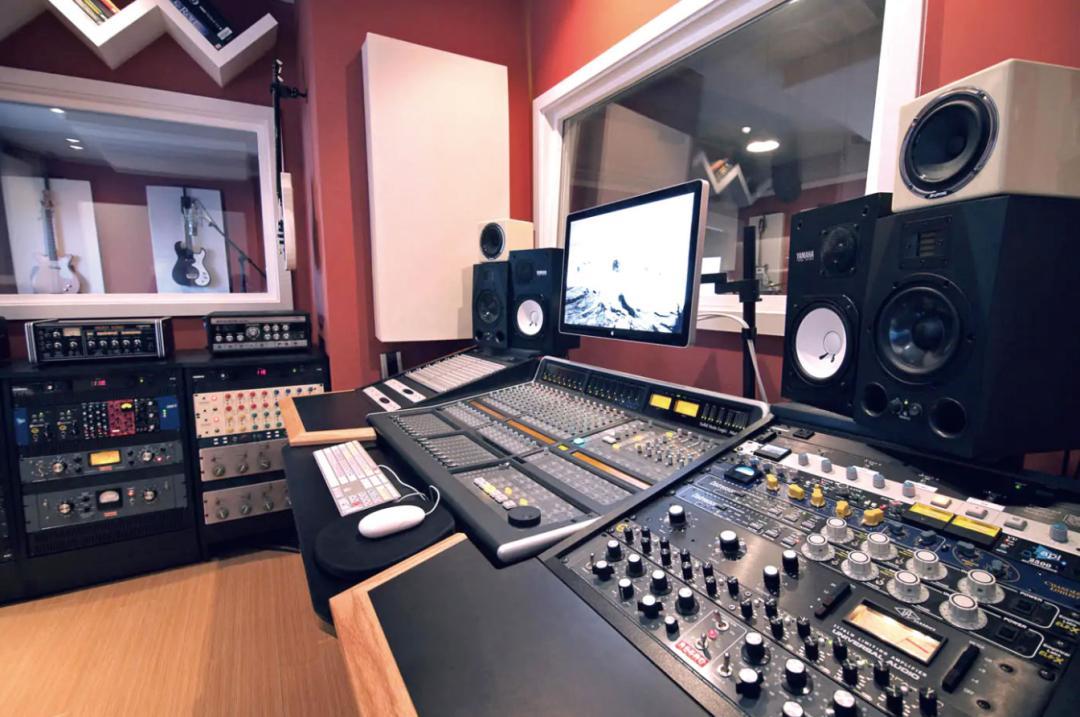
11.1 is a surround sound system used by Barco, which is actually one of the speaker layouts of Auro-3D. It adds 6 channels on the basis of the 5.1 channel layout, which are the left, middle, and right 3 front channels and 2 surround channel heightening speaker channels, and 1 speaker located at the top (also known as “God’s Voice”), thus forming a three-layer speaker layout. When making the soundtrack, it already has a soundtrack that describes the sense of sound height, and then uses coding technology to change 12 soundtracks into 6 soundtracks (5.1 channels), and then restore it when replaying.
22.2 is developed by NHK Science and Technology Research Laboratory, and is used with Super Hi-Vison giant screen for commercial ultra-high-definition demonstrations. Its speaker layout is more complicated, just the front has 11 speakers, divided into three layers of layout, the surround sound part has a total of 10 speakers, plus 1 top speaker and 2 bass speakers. And NHK Science and Technology Research Laboratory has also redesigned the pickup system for 22.2 channels. In addition, the Dolby Atmos and DTS:X we are familiar with are also surround sound technologies that describe the sense of sound height.
Our Perception of Sound Height
In the replay of surround sound, using heightening channels or top speaker channels, the description of the sense of sound height has been added, making the sound from a two-dimensional plane to a three-dimensional stereo, achieving an immersive listening effect. The human perception of the sense
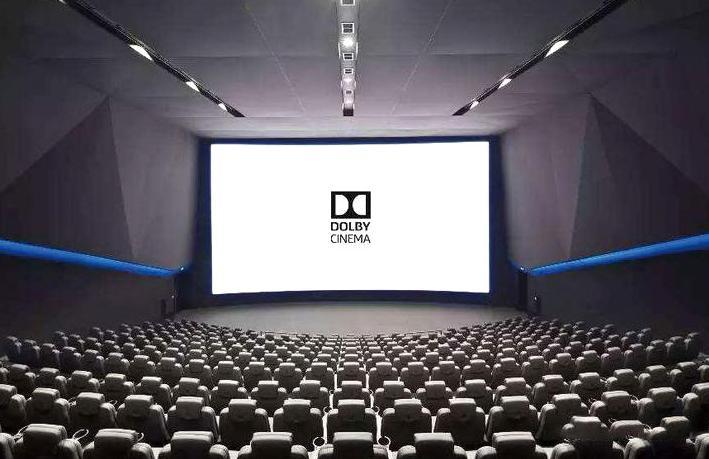
“Quadraphonic sound,” a surround sound technology that emerged in the 1950s, was primarily used for music recording. Quadraphonic sound uses two speakers on the front left/right and two speakers on the back left/right for sound playback. The main content of the music is reproduced by the left and right channel speakers in the front, while the two speakers in the back play some reverberation sounds or audience applause, thereby achieving an immersive audio effect. In the 1950s, German Telefunken and American Ampex developed quadraphonic open reel tape recorders. By 1954, quadraphonic open reel tape recorders began to be used in some music production studios in Europe, and they started to try quadraphonic music production. It wasn’t until the late 1960s that quadraphonic recording began to be promoted to the home market, and it became popular in the 1970s.
From the “Fantasound” of the 1940s to today’s Dolby Atmos and DTS:X, in the development of surround sound technology over decades, audio engineers have been continuously researching and trying to improve the production and playback of surround sound and optimize the performance of the surround sound system. Music and film producers have also put a lot of effort into producing surround sound music and movie sound effects. On the one hand, they show their achievements to the industry, and on the other hand, they provide a better listening experience for the audience. Today, we can immerse ourselves in the realistic and shocking surround sound effects, immerse ourselves in the plot of the movie, and feel the live version of the concert, all thanks to the efforts of our predecessors.
Visits: 4









